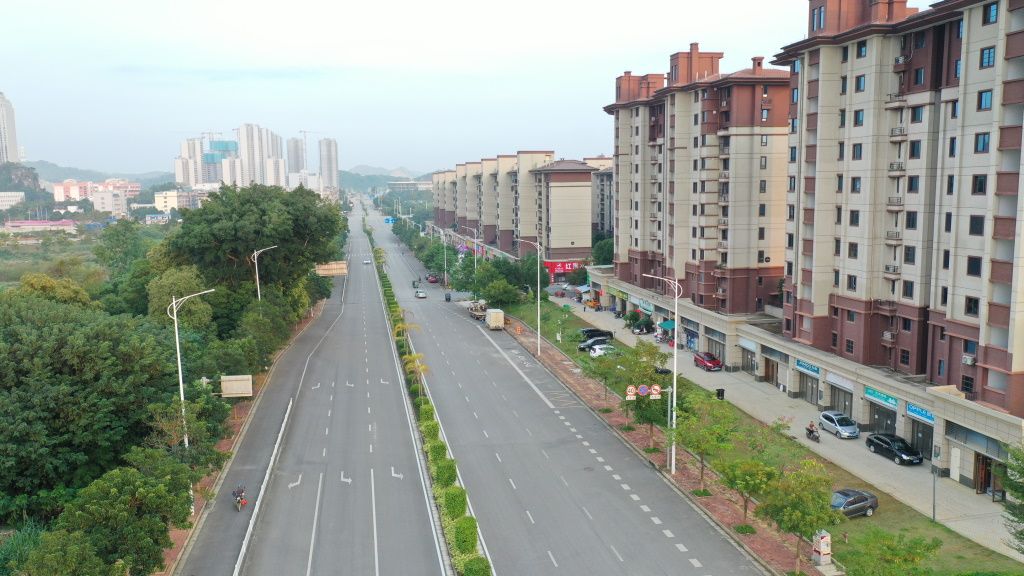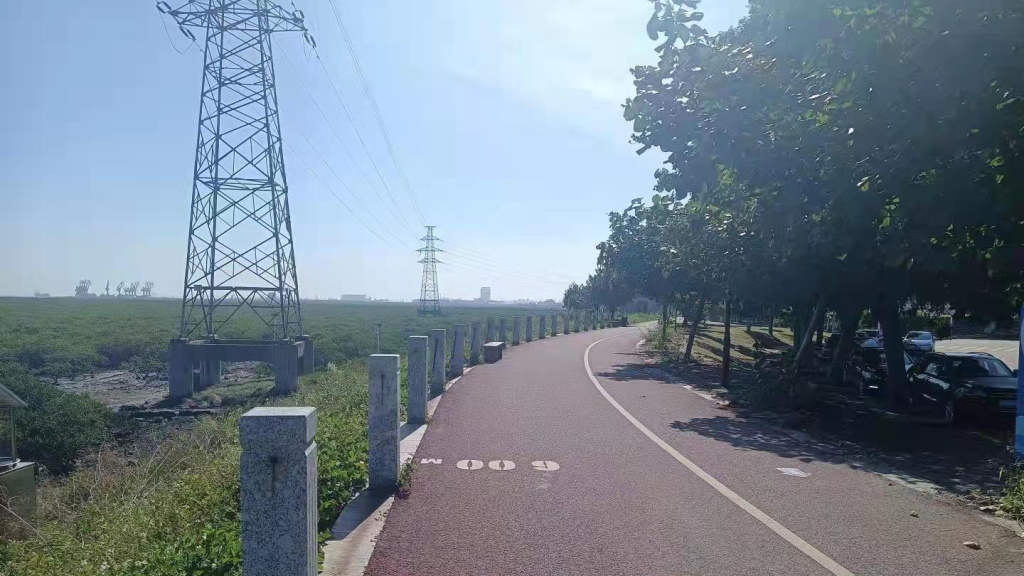Others
Three Cities of Guangxi Realizing Their Potential in Regional Networks
Graham Dwyer 24 Nov 2021
The Guangxi Zhuang Autonomous Region is one of the less developed provinces in the PRC, yet holds massive potential at the intersection of two regional cooperation programs.
Development of three of the region’s cities—Baise, Chongzuo and Fangchenggang, which are at strategic positions on the regional transport corridors of the Greater Mekong Subregion Economic Cooperation Program—was needed to support economic transformation.
An ADB project has accelerated urban development of three cities in Guangxi as part of the national development strategy to integrate this less-developed southwestern region with the international market through transport networks.
The Guangxi Zhuang Autonomous Region of the PRC is among the country’s less-developed provinces. Yet it holds massive potential for growth due to its relationship with two major regional economic initiatives—the Greater Mekong Subregion Economic Cooperation Program (GMS) and the PRC-Association of Southeast Asian Nations (ASEAN) Free Trade Area.
Guangxi is the only western province or autonomous region in the PRC that has both deepwater seaports and land ports at its international borders. Through intensive investment in construction over the past two decades, Guangxi has built a well-developed expressway system that directly connects Yunnan and Guizhou—two landlocked and less-developed western provinces—with Guangxi’s seaports at the Beibu Gulf and its land ports at the international border with Viet Nam.
Regional Potential
Further development of three cities in Guangxi—Baise, Chongzuo, and Fangchenggang, which sit at strategic positions on the GMS’s regional transport corridors—was needed to foster the region’s economic transformation. To achieve this goal, the government proposed a development project as part of the ADB’s support for accelerated urbanization in the area and balanced economic development to alleviate regional poverty.
In 2010 ADB approved a loan of $150 million for the Guangxi Southwestern Cities Development Project to improve living conditions in three cities of Guangxi, the PRC while strengthening their ability to benefit from regional economic cooperation and integration. Work included construction and upgrading of roads; improvement of municipal services such as water supply pipelines, drainage and sewage systems, and lighting and traffic control; landscaping; and the building of coastal dikes and public education facilities to promote mangrove and lakeside environmental protection.
“The project has accelerated urban development not only through creating jobs away from agriculture for poor farmers from the surrounding counties, but also as part of the national development strategy to integrate this less-developed southwestern region with the international market through transport networks,” says Director General of ADB’s East Asia Department Teresa Kho.
Dramatic Growth
From 2008 to 2019, each of the three project cities showed dramatic growth in their per capita gross domestic product (GDP). Fangchenggang increased its per capita GDP from $3,680 to $13,784; Chongzuo’s GDP increased from $1,620 to $8,246; and Baise’s GDP increased from $1,580 to $11,213.
About 4.4 million residents have directly benefited from ADB’s project in three cities of Guangxi, the PRC. Some 22,300 jobs were created, with two thirds of the jobs filled by ethnic minorities. One third of the created jobs were held by women.
“Minorities had the opportunity to participate fully in all phases of the project cycle through information disclosure, and community consultations and meetings,” says ADB Senior Project Officer Niu Zhiming. “The project provided scope for women’s effective project participation and access to employment opportunities through training and capacity building activities. These have contributed to changing the traditional way infrastructure projects were carried out in the project cities, bringing a focus on gender equality into the mainstream.”
With new or improved roads, increases in traffic speeds ranged from 14% to 65% across the three cities (against a target of 5%). Improvements in urban roads and related infrastructure have in turn contributed to the project cities’ overall development.
Environmental and Economic Benefits
The project also generated significant environmental benefits. An almost 4-kilometer coastal dike built at Fangchenggang provides once-in-30-years flood protection for 520 hectares of land. It forms a barrier protecting the mangrove forest from urban development as well as providing recreation space for residents. In Chongzuo, environmental improvements at Shuikou Lake significantly reduced pollution flowing into the lake and saw water quality improve from Class III at appraisal to Class II of Ambient Surface Water Quality in 2020.

“The project created significant social and economic benefits during implementation and since completion, and these have continued in the three cities,” says ADB’s Country Director to the PRC Yolanda Fernandez Lommen. “It helped to improve local people’s living standards and create a convenient transportation environment. The project also contributed to sustainable socioeconomic growth and regional integration development.”
Author

Graham Dwyer
Principal Communications Specialist, Department of Communications, ADB
This article is reproduced from Asian Development Bank.


